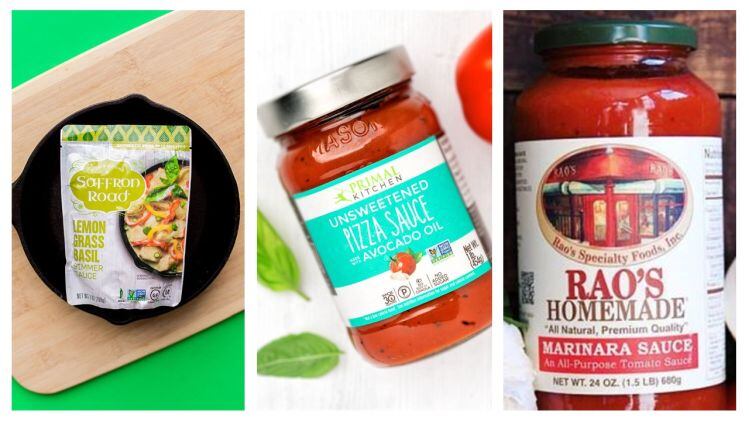Notably, two of the earliest changes adopted as temporary – SKU rationalization and promotion suspension – might actually have the most enduring and broad impact, argues Nik Modi, managing director, beverages, tobacco and household personal care, RBC Capital Markets.
He explained during an IRI webinar Dec. 14 that when the pandemic hit in March, many manufacturers scaled back on their assortment to focus production and shelf space on their top selling products in an effort to avoid out-of-stocks and to ease consumer panic about supply chain viability. At the same time, he noted, retailers hit pause on many promotions to discourage overconsumption and to ensure product access to more shoppers – with a side benefit to them to take some price.
While both of these measures may have been intended as temporary until supply chains had ramped up production and realigned to deliver product across different channels to meet new shopping habits, Modi said, they will have a lasting impact on the power balance between retailers and manufacturers as they negotiate product distribution and marketing.
SKU rationalization has significantly raised the bar for product innovation
For example, he said, SKU rationalization has significantly raised the bar for product innovation as many retailers realized they didn’t need as many line extensions as they once carried in order to satisfy shopper demand and drive foot traffic.
“In order to get on the shelf in the future, you’re going to really have to have something differentiated – whether that be product efficacy, product claims, aspirational or emotional engagement. The line extensions that we’ve been so accustomed to are not going to work anymore,” he said.
Rather, he explained, manufacturers are going to need to either invest significantly more in research and development than the average 3.2% of sales they currently spend, or become much more effective and efficient in their approach to product development.
This strategic decision-making already is playing out among some of the largest CPG companies, including Coca-Cola Co. which has been shedding brands that have either outlived their best days or that have consistently underperformed. Similarly, Coca-Cola’s decision to scale back significantly on the number of innovative projects to focus instead on the most promising few likely will be followed soon by other industry leaders.
Time for a rethink on trade spending?
In addition, the suspension of many promotions, which retailers typically lobby hard for to drive foot traffic, has given manufacturers an unexpected clean slate from which to negotiate future trade spend more strategically, Modi said.
“In many industries and categories, we know that promotions have been built off of bases that were built 20 years ago, and every year you’re trying to lap it. But now you have got a clean slate. Can you be smarter about it going forward and being competitive in the marketplace without being profit destructive for you or the retailer,” he asked.
Reframe market gains beyond virus-related consumer benefits
As manufacturers rethink their trade spend, they should also reframe how they think about their market share gains during the pandemic to maintain household penetration and consumer acquisition, Modi said.
“When I hear many CPG companies speak, they obviously know they are benefitting from what has happened with COVID and they feel like they’re just … a beneficiary of circumstance,” he said.
But, he explained if brands reframe their gains not as ones of circumstances but rather as value added for consumers, they are more likely to retain new market gains and household penetration.
For example, he said, if a soup brand saw sales increase during quarantine because consumers saw their product as a fast solution for no longer being able to go out to eat, that brand likely would lose those gains once the economy reopened and shoppers can safely visit restaurants.
If, however, the brand engages with consumers about how its soup created a new sense of family togetherness or empowered them to be better, more efficient cooks, then it has a fighting chance to make what would have been a temporary behavior change more permanent, he said.
Subtle shifts in consumer perception can have a powerful impact
Another example is if an online retailer gained shoppers who wanted a contactless shopping experience during the pandemic, they likely would lose those consumers once it is safe to visit brick and mortar stores again.
However, if the brand shows those same consumers they can easily have other product recommendations and services or more free time to spend with their loved ones because they have saved a trip to the store, then they will more likely have a long-term, loyal consumer, Modi said.
This subtle shifts in consumer perception can have a powerful impact, Modi adds, but he notes “I don’t see that happening enough based on the work I’ve done,” and therefore gains made during the pandemic are at stake unless something changes.




